Investing in one of the best gaming TVs has never felt more urgent. Especially now the next-gen Xbox Series X console has launched and the PS5 is how on its heels. If you've bought a brand new console you'll want a TV that does it justice – although, as we'll learn below, many of us could make do with our current set-up.
With the Black Friday and Cyber Monday sales events happening soon, this is the best time to start looking about for a 4K TV properly equipped for a high-spec gaming machine, all at a massive discount. The TCL 6-Series featured below often sees big discounts at these times, while older models like the LG B9 are likely to be going cheap as retailers try to shift stock (and make room for newer models).
Best TV for Gaming?
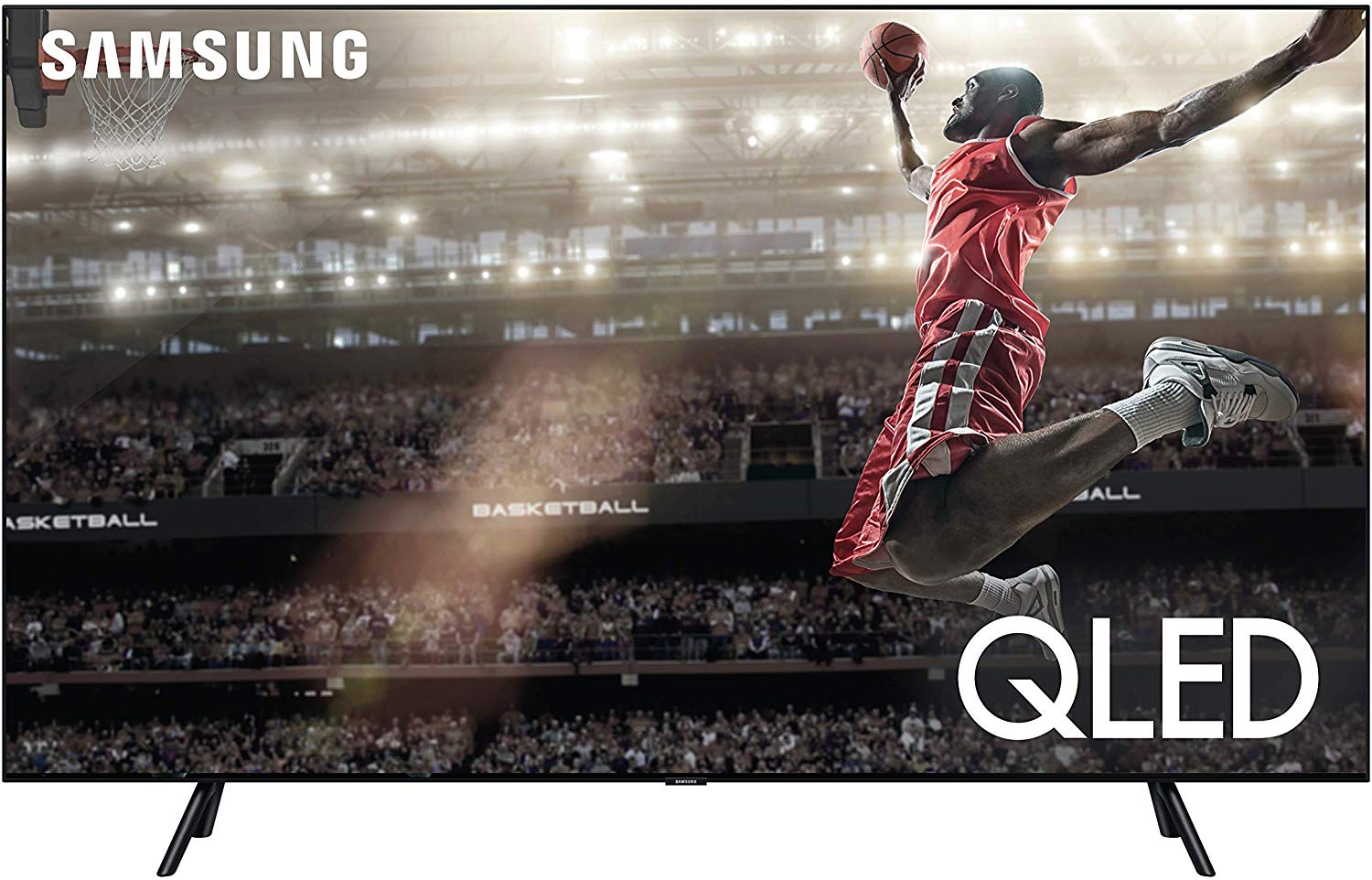
If you're a gamer, you probably want a TV that supports 4K HDR with a low-latency gaming mode, good black levels and high levels of brightness. For all that you want the Samsung Q80T QLED TV – listed below in our #1 spot.
Even if you plan on sticking with a current gen console like the Xbox One, PS4, or Nintendo Switch, there's plenty reason to get one of the best gaming TVs to show off every visual advancement currently available to you. It won't matter how powerful your console is if the TV screen is a pixellated mess!
Why should you be on the hunt for the best TVs for gaming? And what makes a TV better for gaming than, say, watching a movie? It all comes down to 4K resolution, High Dynamic Range (HDR) support, and lower input lag – thanks to new Auto Low-Latency Modes and support for video sync technology like AMD FreeSync and Nvidia G-Sync. (If you plan on hooking up your PC to your TV, you'll want one or both of these technologies.)
Here we'll run you through the best gaming TVs available today, from one of the latest Samsung QLEDs to a bargain TCL TV – along with some arguments for upgrading from your current setup and what you should keep an eye out for.
PS5 and XSX: what you need to know
The next-gen consoles you’ve been waiting for are finally here. The Xbox Series X arrived on November 10, 2020. The PS5 is set to follow shortly after on November 12, 2020 in North America, Australia, Japan, South Korea and New Zealand and it’s available one week later on November 19 everywhere else.
As you might expect, there have been a whole host of stock issues when it comes to ordering both the PS5 and XSX. Not only do both sell-out in record time whenever they’re restocked on most websites, but many of those who have ordered the consoles – in this case, the XSX, which is already being sent out – are reporting they’re receiving them later than they were promised. You should keep an eye on our guides to where to buy the PS5 or where to buy the Xbox Series X if you want to stay up to date on any stock that appears.
If you get a next-gen console, what does that mean for your next gaming TV? Well, many of the points in this feature still apply, but there are some new considerations if you’ve got yourself an XSX or PS5.
Most notably, you’ll want a TV that can handle 4K and even 8K resolution, as well as the 120Hz high-frame rate that the newest gaming consoles offer.
You’ll also need to check that the connections are going to play nice with your new console. Both consoles use the HDMI 2.1 connection standard – this connection is necessary to support those high resolutions and frame rates. Now, the problem here is not many TVs are fitted with that 2.1 standard, but have the 2.0b connections.
This shouldn’t be a huge problem for most people. We now know that both the PS5 and XSX will still work over a 2.0b connection. However, if you want the best of the best experience – and you’re willing to buy a new TV to achieve that – we recommend looking for a HDMI 2.1 supported screen.
Best gaming TVs
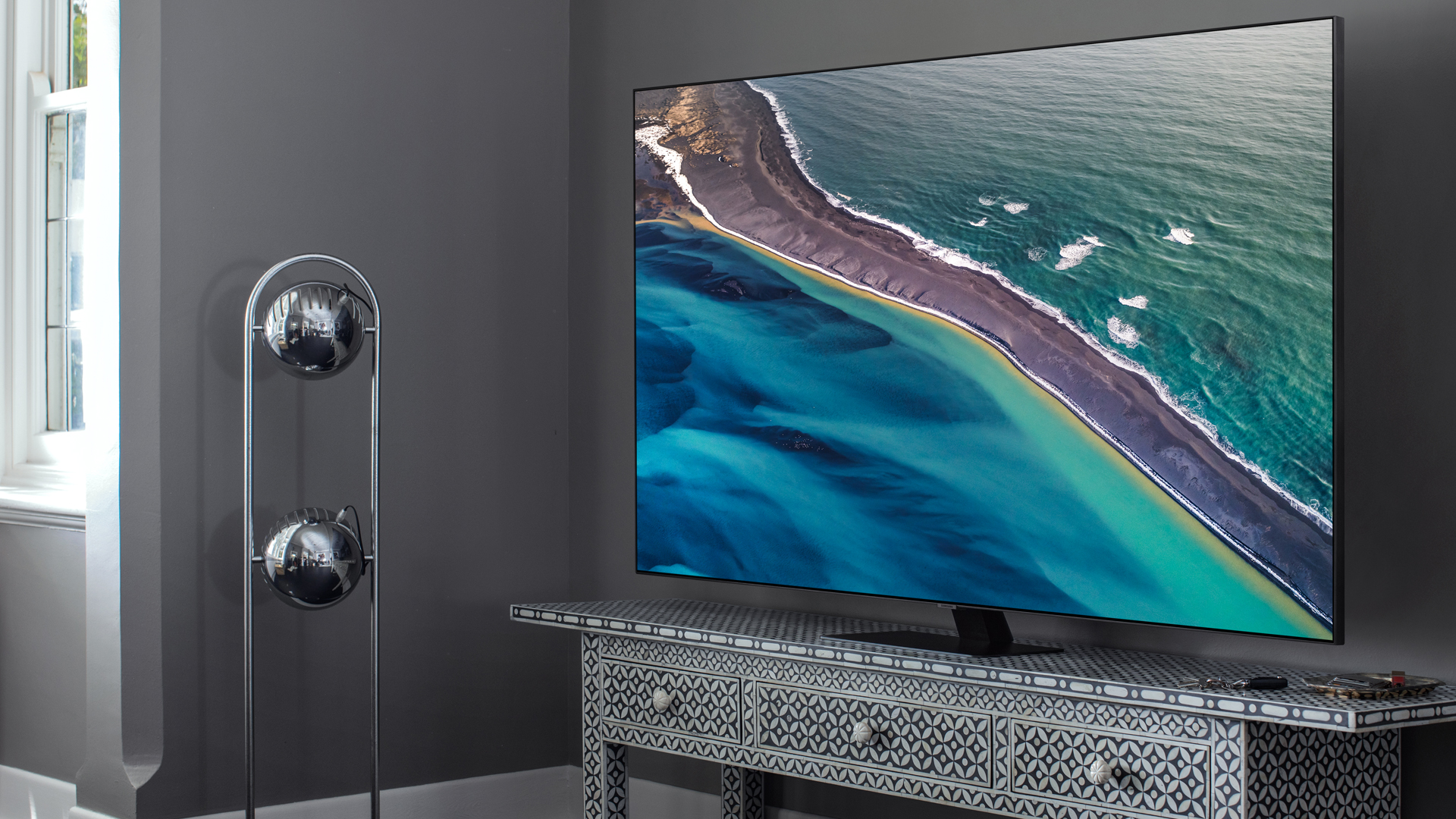
1. Best gaming TV: Samsung Q80T QLED TV
A mid-range Samsung QLED with low, low input lag
Available sizes: 49, 55, 65, 75, 82-inch | Input lag: 8.7ms | Refresh rate: 4K/120Hz | VRR: Yes | HDMI 2.1: No
Sure, there are more expensive new Samsung TVs out this year, but none make the case for gaming quite like the Samsung Q80T. As much as we'd like to recommend higher-end models like the Q95T or (moving into 8K territory) the Q950TS, it's the Q80T that really nails that price-performance ratio.
It's the cheapest 2020 QLED with a full-array backlight, meaning you don't have to skimp with an edge-lit display (like last year's Q60R). Despite the name, it's also the successor to last year's Q70R, which previously topped this guide – but beating the Q70R's 14ms input lag with an exceptionally low 8.7ms. That means you'll get as little delay as possible between button mashing your PS5 controller and seeing the action onscreen.
That figure is reached by turning off Game Motion Plus (which reduces screen judder), but even without it you'll get a respectable 19.7ms.
The externals of the television are a bit plainer than some of the higher-end QLEDs out there, like the zero-bezel Q950TS 8K QLED, and we found in our tests the odd speck of blooming around bright light sources – but the picture is still pretty exceptional, with bright HDR and AI-enhanced images to make this a great choice for any viewer-gamer buying a TV in 2020.
The OTS sound system also means you're getting some serious audio credentials – whether you're listening to the cry of enemies or the ambient sounds of walking simulators.
Read the full review: Samsung Q80T QLED TV

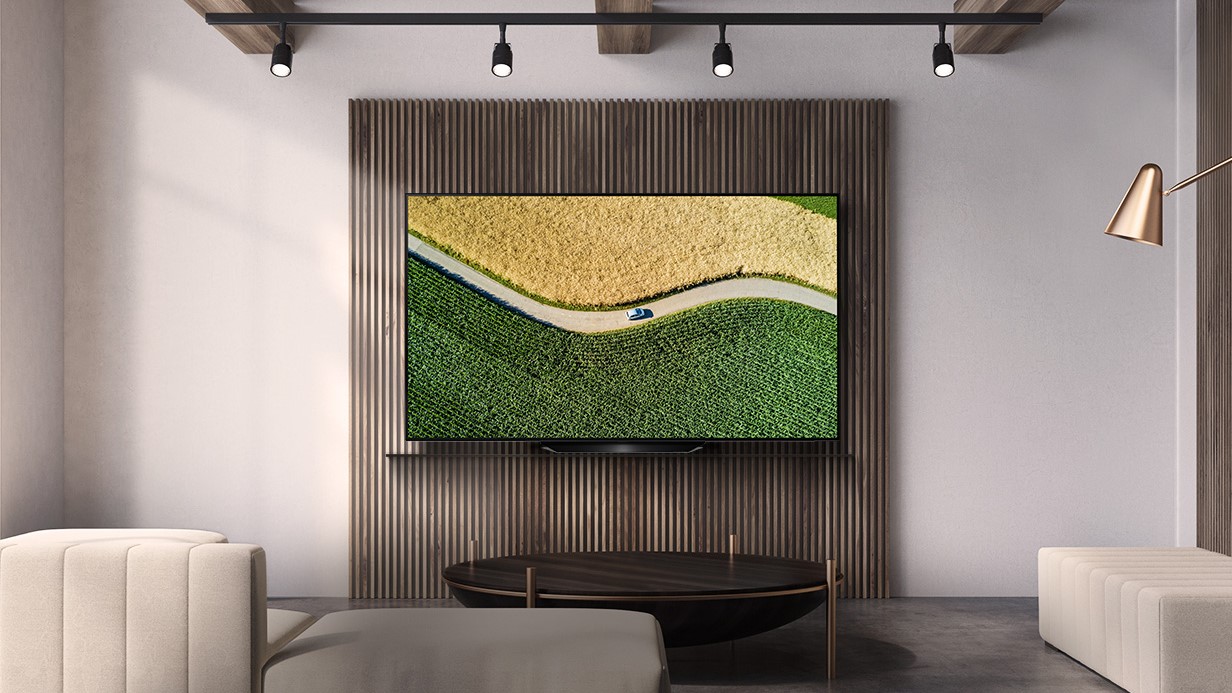
2. Best for color: LG B9 OLED
If you want the best black levels, however, you'll need an OLED
Available sizes: 55, 65-inch | Input lag: 13.1ms | Refresh rate: 4K/60Hz, HD/120Hz | VRR: No | HDMI 2.1: No
While the LG B9 OLED doesn’t have nearly as much HDR-friendly brightness as Samsung's QLED lineup, it’s stunning when it comes to the other end of the brightness story, delivering gorgeously rich, deep black colours completely free of the sort of clouding issues that LCD TVs suffer with. Also, while OLED can’t yet go as measurably bright as LCD, the way the darkest pixel in an OLED picture can sit right next to the brightest with no contamination between the two gives the C9 OLED a lovely luminous quality that’s particularly effective during dark game settings.
Gamers, meanwhile, will be delighted to hear that unlike its previous two predecessors, the B9 OLED no longer dims the picture down heavily when running in its low-latency HDR Game mode. It also supports 120fps gaming at HD resolutions, full 4:4:4 PC colour, and a superbly low input lag figure of under 20ms.
Keep an eye on the new LG CX OLED, too, for an overall upgrade – but the B9 is still a smart buy given its lower price.
We can't speak for its direct successor, the LG BX OLED, yet either – but it's a likely contender for this list once we've got the chance to put it through the motions in our tests.
Read the review: LG B9 OLED

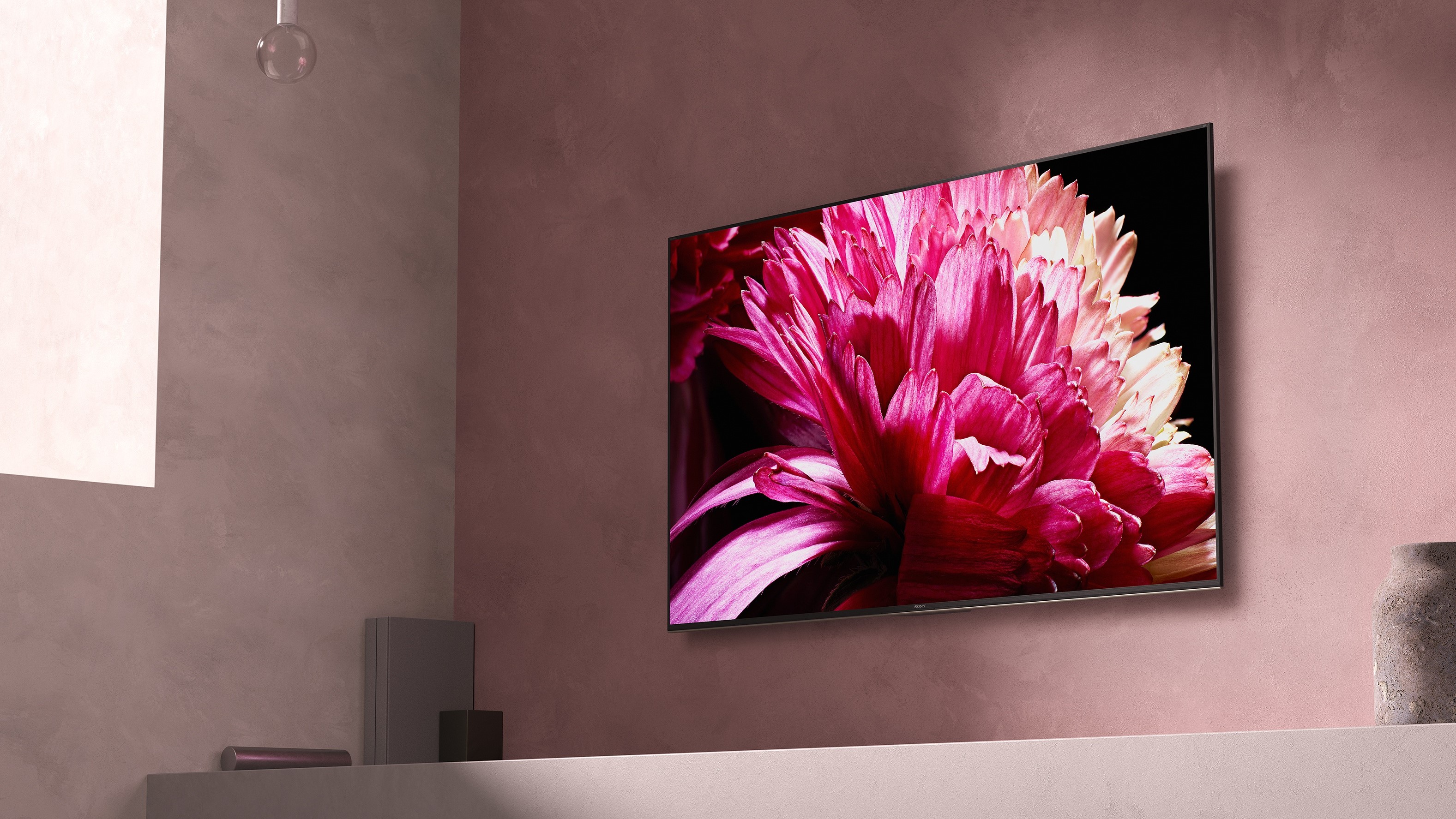
3. Smooth action: Sony Bravia XH95/X950H Series
Gamers won't be disappointed by Sony's mid-range marvel
Available sizes: 49, 55, 65, 75, 85-inch | Input lag: <20ms | Refresh rate: 60Hz | VRR: No | HDMI 2.1: No
The Sony X950H/XH95 is a great trade-off 4K TV, offering smooth motion, excellent HDR, and capable processing all at a reasonable price point.
There's a big improvement over the Sony X950G, which suffered in the audio department, but still offered 21.2ms of input lag – something beaten by this year's model on both counts. You'll get under 10ms lag with Game Mode enabled – while the X950H adds a second amplifier for clearer audio effect separation, and reshapes its front speakers in an almond shape to better disperse sound to the sides for a wider soundstage.
When it comes to HDR, the full array backlight and Triluminous color recreation is truly a joy to behold, making games like Spider-Man on PS4 Pro look as good as they should.
You're lacking some premium technologies, but with Sony's X1 Ultimate processor, you can't go overly wrong here. Keep in mind there's no HDMI 2.1 or VRR, though.
Read the full review: Sony BRAVIA X950G / XG95
Budget picks

4. Everyday gaming: Samsung TU8000 Series
A great budget pick, the RU8000 looks great and makes your games look good, too
Available sizes: 43, 50, 55, 65, 75-inch | Input lag: <10ms | Refresh rate: 60Hz | VRR: No | HDMI 2.1: No
If your living room – and budget – can't handle a 65-inch TV, take a look at the truly spectacular TU8000 Series. You'll get an incredibly low input lag (just 9.7ms) as well as a motion handling technology to keep the action looking consistently smooth. What else could you ask for?
You're not getting all of the gaming technologies of some other sets in this list, as HDMI 2.1, VRR (variable refresh rate), or a 120Hz panel – but for the everyday gamer, this is a set that gets the basics very right.
You will need to watch out for the narrow viewing angles: content looks best straight on, with color draining from the sides, so it might not be the best choice for four-party Switch game sessions. On the whole, though, this is a solid choice.
If you're in the US, you might still be able to find last year's RU8000 – increasingly hard these days – which does offer up to 120Hz refresh rate (for 50-inch sizes and above) as well as VRR, and might be worth picking up on the cheap.
Read the full review: Samsung TU8000

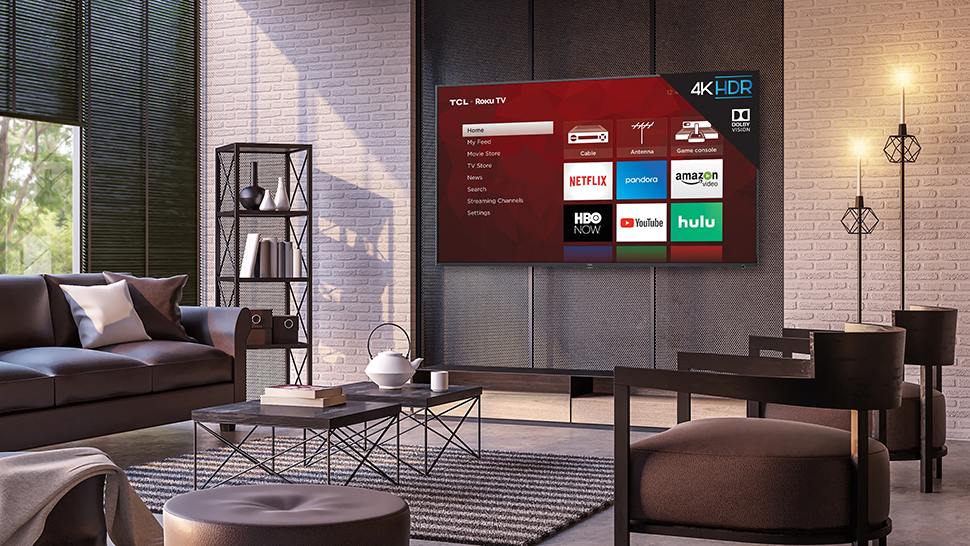
5. For US gamers: TCL 6-Series (US only)
The best budget 4K TV for gamers with shallow pockets
Available sizes: 55, 65, 75-inch | Input lag: 17.7ms | Refresh rate: 60Hz | VRR: Yes | HDMI 2.1: No
If you have deep pockets and a checkbook filled with blank checks, we’d tell you to reach deep and shell out for only the best 4K TVs on the market – LG’s crazy-thin OLED W8 or Samsung’s ultra-bright Q9FN QLED. But that’s not always realistic: for the vast, vast majority of us, our budget to spend on a 4K UHD TV is limited to somewhere under $1,000 – and often it's even less than that.
To that end, it’s absolutely fair to say that the TCL 6-Series is the best TV you can possibly get in this price range. Its performance per dollar is unmatched and its picture quality – despite a few minor flaws – will truly impress you.
Said simply, if there’s a better value 4K TV on the market, we’ve yet to see it.
Read the full review: TCL 6-Series (R615, R617)
Why upgrade?
Low, low input lag
If you’re a really serious gamer – especially when it comes to reaction-based online games – you need to care about input lag. That's the time it takes for a particular TV to render image data received at its inputs. Obviously you’re looking for low numbers if you don’t want to be gunned down by an opponent your TV hasn’t even shown yet!
Manufacturers don’t tend to provide input lag figures in their provided specifications. However, we generally measure input lag on the TVs we test, and have provided the measurements for each set included in this guide.
Surround sound
Sound design has always played an integral part in a great gaming experience. It’s getting taken to another level these days, though, with the arrival of surround sound gaming. In fact, the Xbox One S and Xbox One X consoles even support Dolby Atmos: Dolby’s most advanced sound system yet, which introduces a height channel and ‘object based’ precision to the soundstage.
Things to pay attention to are whether speakers are facing forwards (as this will almost always give you a more direct, clean sound); rated power output; whether there’s a dedicated bass speaker (often found on a TV’s rear); built-in soundbars; and the number of individual speakers used.
Sony is making much of the '3D Audio' capability of the PS5, too, so expect good TV speakers to become even more crucial when the next-gen console launches.

4K resolution
If you're looking for one of the best TVs for gaming, the most basic requirement is 4K. The Xbox One S outputs all of its games in 4K, which is achieved via surprisingly good built-in upscaling, though the Xbox One X is required for native, game engine-integrated 4K support. The PS4 Pro also outputs games in 4K, using a mix of upscaling and in-game enhancement – while the Nintendo Switch only outputs at HD to a TV, though there's chatter around a possible 4K refresh coming in 2021.
Frame rate handling
Now that the Xbox One X is almost here and promising native 4K resolution games running at 60 frames a second, make sure that whatever TV you buy has the latest specification HDMI sockets. If it doesn’t have at least one HDMI socket built to the v2.0a specification, it won’t be able to receive 4K resolution at anything higher than 30 frames a second.
Fortunately far more of this year’s 4K TVs do feature HDMI 2.0a sockets than in previous years, but it’s still something that’s worth double checking - especially if you’re buying a particularly cheap TV.
The new HDMI 2.1 standard will no doubt become the benchmark for high-end gaming in time, but we're yet to see it really rolled out across commercially-available sets.

High dynamic range (and high peak brightness)
Sitting right alongside 4K in today’s video world is high dynamic range (HDR) technology. This delivers pictures with a much wider light range than the standard dynamic range pictures we’ve been living with for decades in a bid to get the pictures we’re seeing on our screens looking closer to the way our eyes see the real world.
The Xbox One S supports HDR on some of its games, and via some of its streaming apps. The same situation applies for both the PS4 and PS4 Pro, and naturally the Xbox One X will deliver HDR too. Most people would say that HDR delivers more impact than 4K, especially on small TVs. The only problem is that HDR puts a lot of pressure on a TV, since it demands both much more brightness than SDR, and better contrast so that the extra brightness and deeper blacks can potentially share the screen simultaneously.
Many movies and games target 1,000 nits or so for their brightest elements, so if you have a TV less bright than that it won’t unlock HDR’s full potential. That's especially true in a video game environment, where graphics can be more stark in contrast terms than ‘real life’ tends to be.
Bit depth
When considering HDR, you might want to think about your gaming TV’s bit depth. too. The best HDR experience requires a 10-bit screen able to support 1024 values of each RGB colour – otherwise you'll get an inferior colour performance, including, possibly, colour striping where you should see subtle blends. Most premium HDR TVs these days are 10-bit, but it’s far from a given at the affordable end of the TV market.
The Xbox One S and PS4 consoles automatically assess the bit-depth of your TV and select the optimum HDR video output accordingly. The Xbox One S even provides a description of your TV’s capabilities under 4K TV Details in its Advanced Video Settings menu. The Xbox One X will presumably do the same.
To be clear, it’s entirely possible for an 8-bit TV to deliver a good HDR colour performance if they have a strong video processing engine – but 10-bit panels certainly have an immediate advantage.
One other point to add here is that some TVs - including high-end Samsung models - actually support 12-bit colour management/processing, even though their panels are only natively 10-bit. The Xbox One S and presumably Xbox One X both provide Colour Depth boxes in their Video Fidelity settings that let you select the maximum bit performance for your particular TV.
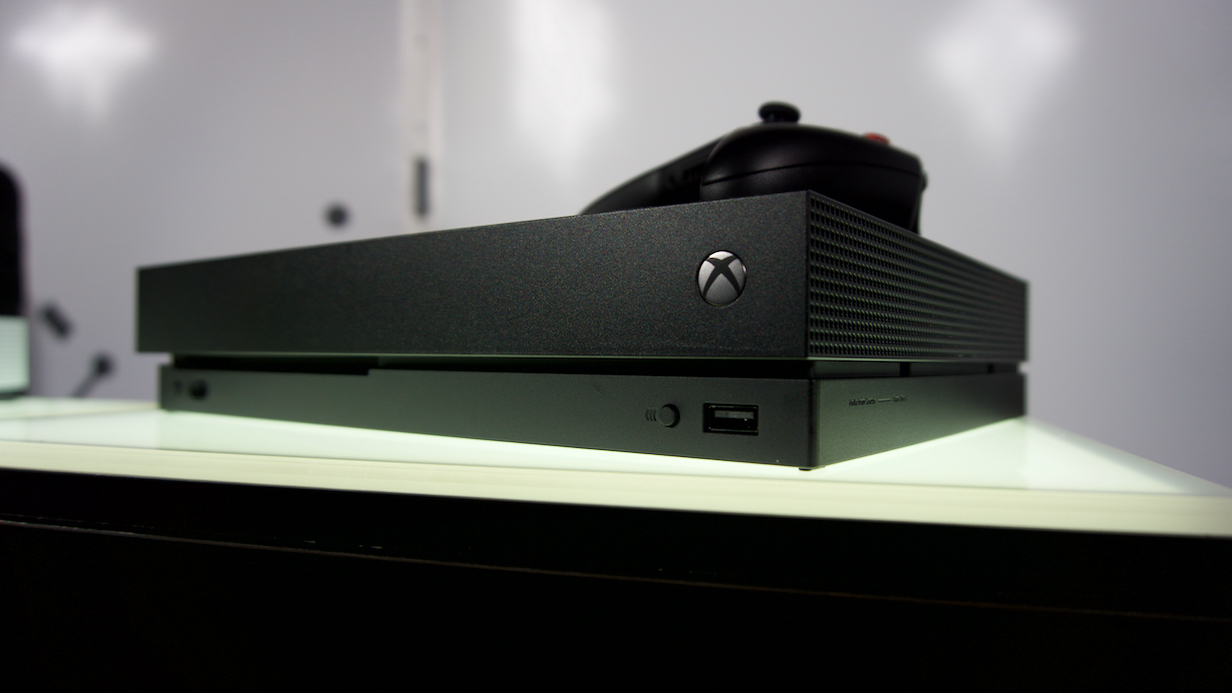
Colour purity
Another advanced setting but important thing to consider for the ultimate gaming visuals is chroma subsampling.
This video compression term refers to a TV’s colour purity, and is usually written in such terms as 4:4:4 and 4:2:0. These numbers reveal how many pixels colour is sampled from in the top and bottom rows for every two rows of four pixels. So with 4:2:0, for instance, colour is being sampled from two pixels in the top row and no pixels in the bottom row.
From this it follows that the bigger the numbers are, the purer the colour performance will be, as there’s less ‘guesstimating’ of what colours should look like. The problem is, full 4:4:4 colour support requires a lot of extra image data, and so cannot be handled by the HDMI connections or processing of all TVs.
In truth, the differences in picture quality between 4:4:4 and 4:2:2 and even 4:2:0 aren’t usually enormous. They can be more pronounced with gaming graphics than video, though, so it’s worth trying to check what a TV you’re thinking of buying can support - even though it’s not information regularly carried in TV spec lists. The latest consoles are pretty good at detecting the optimum chroma subsampling a TV can support, automatically adjusting their outputs according.
It’s something that can cause annoying ‘handshaking’ issues with some TVs, though, so both the Xbox One S and PS4 Pro now provide subsampling ‘limiter’ options in their video output menus (‘Enable 4:2:2’ on the Xbox One S, and 2160 YUV4:2:0 on the PS4 Pro).
- After a compact, mid-price set? Check out these 40-inch TVs
- If you need a console upgrade too, check out our guide to the best games console 2020
from TechRadar - All the latest technology news https://ift.tt/2IhBK97
via IFTTT
0 التعليقات: